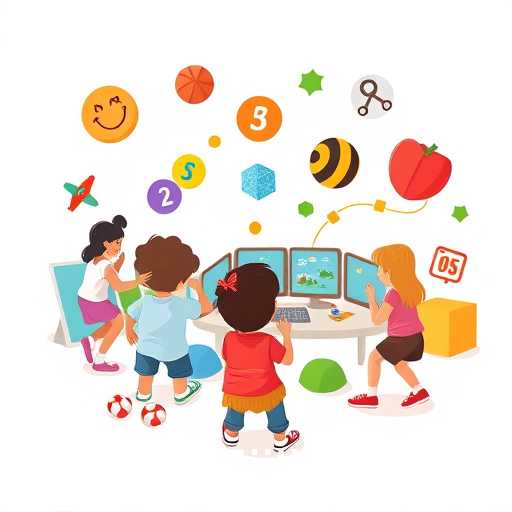The Emergence and Evolution of Educational Games
The realm of educational games, often recognized by the keyword 'ph945' on popular websites, has grown significantly in the past few decades. As technology continues to evolve, so does the approach to learning, and educational games have become an integral tool for both educators and learners alike. These games, designed to combine entertainment with education, have revolutionized the way knowledge is disseminated and consumed, catering to a variety of learners - from young children to adults seeking to expand their knowledge base.
Initially, educational games were simple and primarily focused on basic skills such as arithmetic and vocabulary. However, as digital literacy expanded and technology advanced, these games have broadened their scope to cover more complex subjects, including science, history, and critical thinking. Modern educational games often incorporate sophisticated graphics and interactive elements, making learning an immersive experience.
The rise of mobile technology has further propelled the popularity of educational games. With smartphones and tablets being widely accessible, educational games are conveniently at the fingertips of students and educators. These games offer a flexible learning environment that can be tailored to the individual needs of the user, providing adaptive learning paths that can adjust based on the learner’s pace and understanding.
Moreover, educational games support various learning styles. Visual learners benefit from graphical interfaces, while auditory learners can thrive through interactive sounds and verbal instructions. Kinesthetic learners can engage with motion-controlled features, making the experience holistic and inclusive.
One of the significant advantages of educational games is their ability to provide immediate feedback. Learners can quickly assess their understanding of the material, identify areas of improvement, and adjust their learning strategies accordingly. This immediate reinforcement is something traditional teaching methods often lack, making educational games an attractive supplement to classroom learning.
Despite their advantages, educational games are not without challenges. Ensuring the content is age-appropriate, engaging, and educationally sound remains a persistent issue. Developers need to maintain a balance between entertainment and education, ensuring that while the games are enjoyable, they do not deviate from their educational purpose.
In conclusion, educational games represent a dynamic intersection of technology and education, offering a unique platform for innovative learning experiences. As we look towards the future, these games will likely continue to evolve, embracing new technologies and pedagogical strategies, ultimately shaping the future of education.








